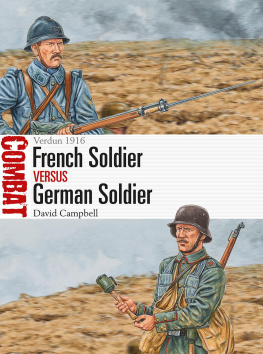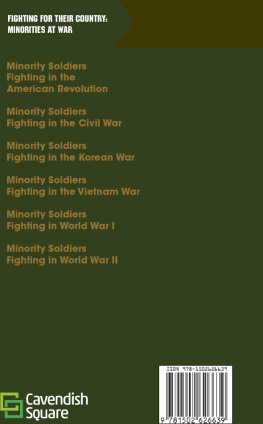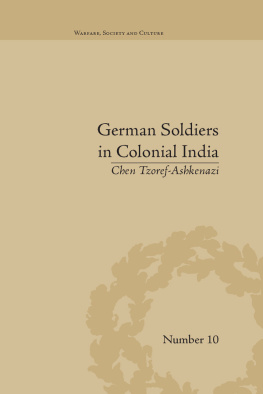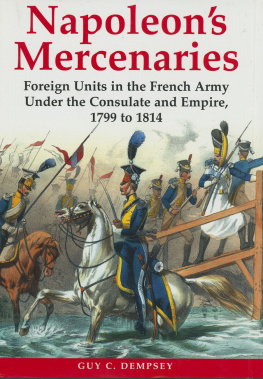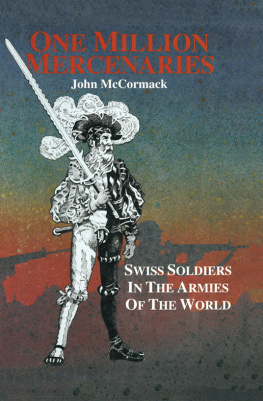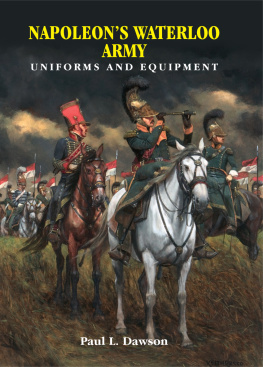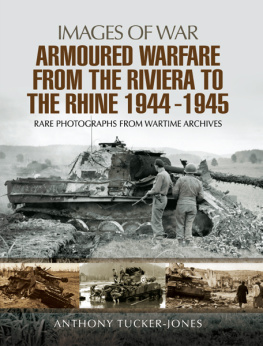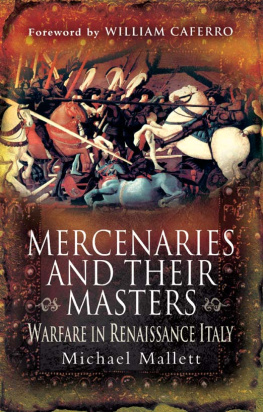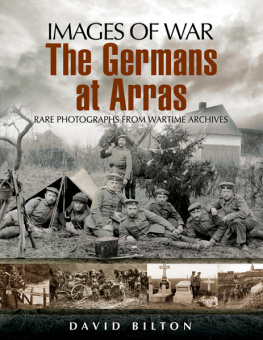The Social World of the Florentine Humanists: 13901460
Lawyers and Statecraft in Renaissance Florence
Violence and Civil Disorder in Italian Cities, 12001500 (editor)
Not in Gods Image: Women in History from the Greeks to the Victorians (with Julia OFaolain)
Power and Imagination: City-States in Renaissance Italy
Society and History in English Renaissance Verse
Riti e rituali nelle societ medievali (coeditor)
An Italian Renaissance Sextet: Six Tales in Historical Context
Strong Words: Writing and Social Strain in the Italian Renaissance
April Blood: Florence and the Plot Against the Medici
Fire in the City: Savonarola and the Struggle for Renaissance Florence
Fiction
Loredana: A Venetian Tale

Copyright 2013 by Lauro Martines
All rights reserved.
No part of this book may be used or reproduced in any manner whatsoever without written permission from the publisher except in the case of brief quotations embodied in critical articles or reviews. For information address Bloomsbury Press, 175 Fifth Avenue, New York, NY 10010.
Published by Bloomsbury Press, New York
Library of congress cataloging-in-publication data
Martines, Lauro.
Furies: war in Europe, 14501700 / Lauro Martines.1st U.S. ed.
p. cm.
Includes bibliographical references and index.
ISBN: 978-1-6081-9619-7
1. EuropeHistory, Military14921648. 2. EuropeHistory, Military16481789. 3. War and societyEuropeHistory16th century. 4. War and societyEuropeHistory17th century. 5. Military art and scienceEuropeHistory16th century. 6. Military art and scienceEuropeHistory17th century. 7. ArmiesEuropeHistory16th century. 8. ArmiesEuropeHistory17th century. 9. Mercenary troopsEuropeHistory16th century. 10. Mercenary troopsEuropeHistory17th century. I. Title.
D214.M37 2013
355.020940903dc23
2012016390
First U.S. edition 2013
Electronic edition published in January 2013
www.bloomsburypress.com
A WORLD AT WAR
In 1570, at the end of the third of Frances Wars of Religion (15621598), the kings troops were at one point crossing the Loire River at the Pont-de-C, near Angers. As they went over the bridge, their progress was being cramped by more than eight hundred women, all camp followers. Sometime previously, Piero Strozzi, one of the premier generals of the age, had ordered that the women be dispersed. Now, in an outburst of angry impatience, he passed on the command that they be pushed off the bridge into the waters below.
We can only imagine the ensuing scene of panic, screaming, struggles, and violence. Strozzi was obeyed and the women drowned.
The reporter of this incident, Pierre de Bourdeille, refers to the women as sluts and whores (garces et putains). Many of them were perhaps prostitutes, but somein keeping with the age and its customsmust have been companions or even concubines of some of the soldiers. However, it was a moment of crisis, and although Strozzis solution came close to touching off a mutiny, his officers managed to control the exploding commotion. His luck held. He might have had to face a small army run amuck.
Female camp followers in the train of armies were a common feature of wartime, early modern Europe. But with their emphasis on factions at court and on the leading role of noblemen in the ranks of the Protestant rebels, standard accounts of the civil wars rarely even mention this fact.
Famine, too, could produce stupefying incidents, and the following event, like the preceding one, may be adduced to throw light on the way we write the history of war.
In the winter of 1630, a group of Italian villagers, subjects of the Duke of Mantua, caught a few disbanded soldiers out in the Mantuan countryside. The expert on the subject tells us that they proceeded to skin the captured men alive, to roast them, and then to eat what they had cooked.
An event like this, belonging to the moral setting of the Thirty Years War (16181648), is bound to trail an immediate, grievous history. And so it did. Floods and bad weather had stymied farming in Lombardy for nearly two years. The Po Valley lay steeped in famine. In September 1629, a few months before the grisly incident, thirty-six thousand Imperial soldiers had trekked down into Italy from Germany, intent on capturing Mantua. Two attacks on the city were bloodily repelled. The siege was lifted in late December. In the meantime, however, the soldiers laid waste to fields, plundered meager food supplies, set fire to houses, and treated peasants like pack animals by tying them to carts, using whips, and forcing them to pull loads.
When the villagers got their hands on the demobbed soldiers, their choking rage and hunger dictated the ensuing savagery. Skinning, roasting, and eating them became a ritual of revenge and nutrition.
A conclusion may be reeled out here. If we choose to write the history of war from the standpoint of diplomacy and high politics, the incidents at the bridge and in the Mantuan countryside need never be mentioned. For rulers and their ministers, affairs of state in early modern Europe were never about little people: camp followers, peasants, commoners in cities, or the rank-and-file soldier.
When the historical analysis of war is masterminded by the ideas of reason and praxis in diplomacy and foreign affairs, war is negotiated into a rational and perfectly normal activity. Historians who see war in this light would seem to be taking a stance that puts them too close to the princes and ruling elites of past time. There were other voices, other testimonials, and so there must be other ways to take hold of the history of war.
A WAR MOSAICMY OPENING CHAPTERshows that from 1450 to 1700, Europe tended to be one world when it came to war. Professional armies of mercenaries were recruited all over the Continent. In the fifteenth century, Poland hired German, Spanish, Bohemian, Hungarian, and Scottish soldiers. Later, Sweden fought in Muscovy with Irish, English, Scottish, French, and German troops. Units of Croats, Germans, Walloons, Albanians, and especially Swiss served in French armies. In the Netherlands, Italians and Spaniards fought beside Irishmen, Germans, Dalmatians, and Walloons. Regiments of Swiss pikemen fought for Spain, France, and Venice, as well as for German and Italian princes. Companies of Poles, Hungarians, and Croatians fought in German regiments. And when it came to leadership in wartime, Italian generalsPiccolomini, Montecuccoli, Colloredodistinguished themselves at the head of German Imperial armies. The famous Sack of Rome (1527) was the plundering work of Germans, Spaniards, and Italians.
In November 1494, as ten thousand mercenaries marched into Florence, Florentines looked into a polyglot of faces. They wanted to think of them as barbarians, even though there were Italians among the Swiss, Dalmatians, Scots, and others, all marching under the banners of the king of France.
But it was more than the multiethnic stripe of soldiers that made Europe a single world in wartime. It was also the spin-off from the ascetic tradition of medieval Christianity: a tradition and a culture that promoted the punishment of the flesh as a beneficial action, not only in self-scourging (penitential) brotherhoods and in extremes of fasting, but also in the message-bearing images and icons of its bleeding, martyred saints. The sinister obverse of these images of heroic pain was the spreading use of torture: official violence against the person. As a way of ascertaining guilt, local authorities turned to it increasingly, and it came to be used everywhere in Europe by the middle of the thirteenth century, along with penalties that included branding, the lopping off of limbs, mutilation of the face, burning, and the spectacle of public execution. If pain was good for those who scourged themselves (good men), it was better for bad men, and might even serve to straighten them out.


